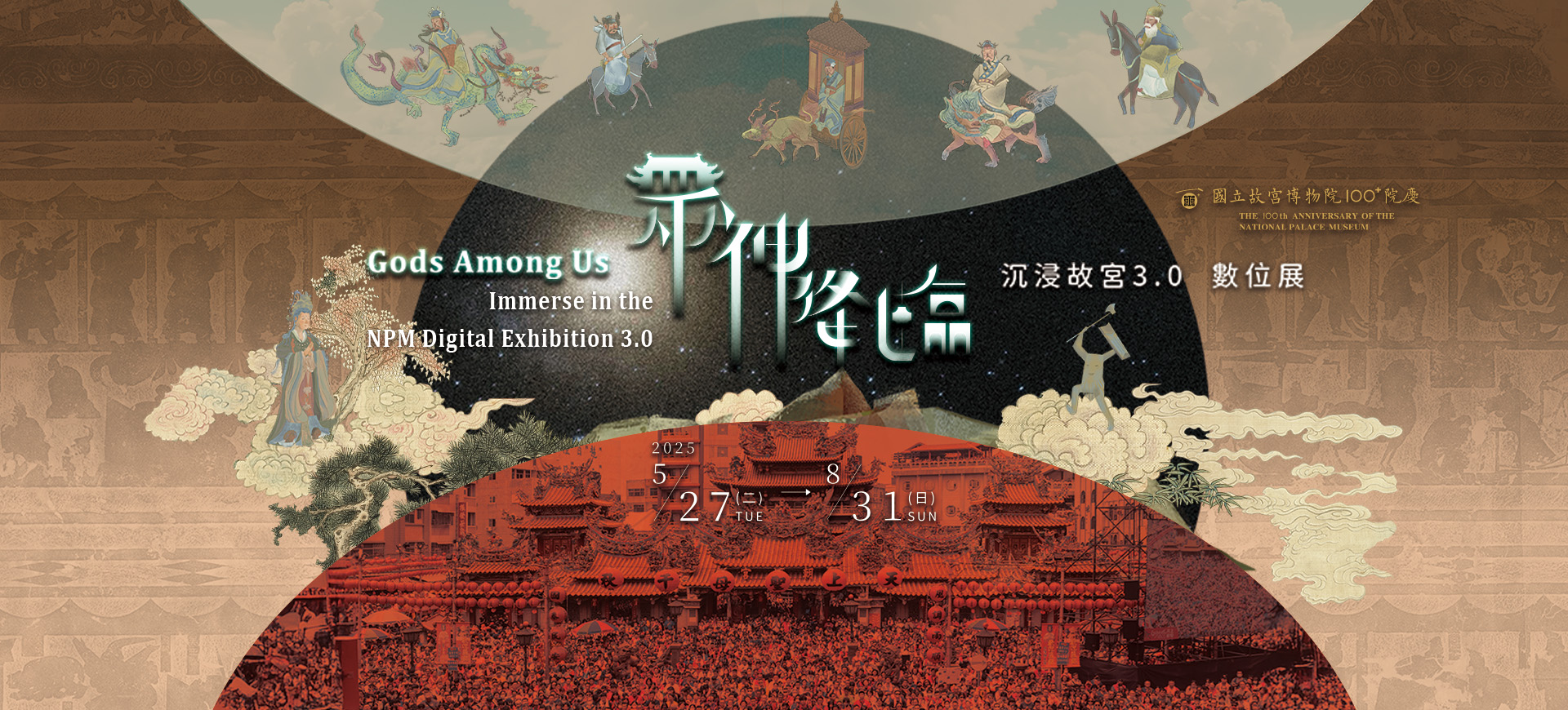Creation of the Cosmos
Long, long ago, people faced a world of swirling chaos. They wondered why the sun rose and why the moon waxed and waned. Myth became a way to make sense of the universe—to understand how all things came to be, and to imagine the hidden order behind the cosmos.
Among these imaginings, people of the Han dynasty (206 B.C.E–220 A.D) envisioned a well-ordered cosmology of the afterlife. In an age before the concept of “hell” had taken shape, it was believed that the soul would journey after death to an ideal realm—where the sun and the moon took turns shining, yin and yang coexisted in perfect harmony, a Golden Crow resided in the sun, and a Jade Rabbit pounded the elixir of life on the moon. Gods dwelled alongside humans: Fuxi and Nüwa, humanity’s legendary ancestors, held the compass and square—tools for establishing the laws of heaven and earth. From her domain atop the western Kunlun Mountains, Xiwangmu, the Queen Mother of the West, reigned as the mistress of souls and guardian of immortality.
-
Emerging Order from Chaos
This installation creates an immersive interactive environment in which visitors can touch and engage with drifting elements—Fuxi, Nüwa, the Sun, and the Moon—within a seemingly chaotic space. Through interaction, these mythological symbols gradually form patterns of order, evoking the ancient conception of a structured cosmos.
The work draws inspiration from the West Wall of Wu Liang Shrine, Museum of Institute of History and Philology, Academia Sinica, as well as from the NPM’s collections: Rubbing of Stone Relief of Fuxi and Nüwa From Xinjin in Sichuan, The Classic of Mountains and Seas, and the Qing dynasty painting Ding Guan-p'eng, The Five Planets and Twenty-eight Constellations.
West Wall of Wu Liang Shrine
Eastern Han dynasty, Anonymous
Museum of Institute of History and Philology, Academia Sinica


